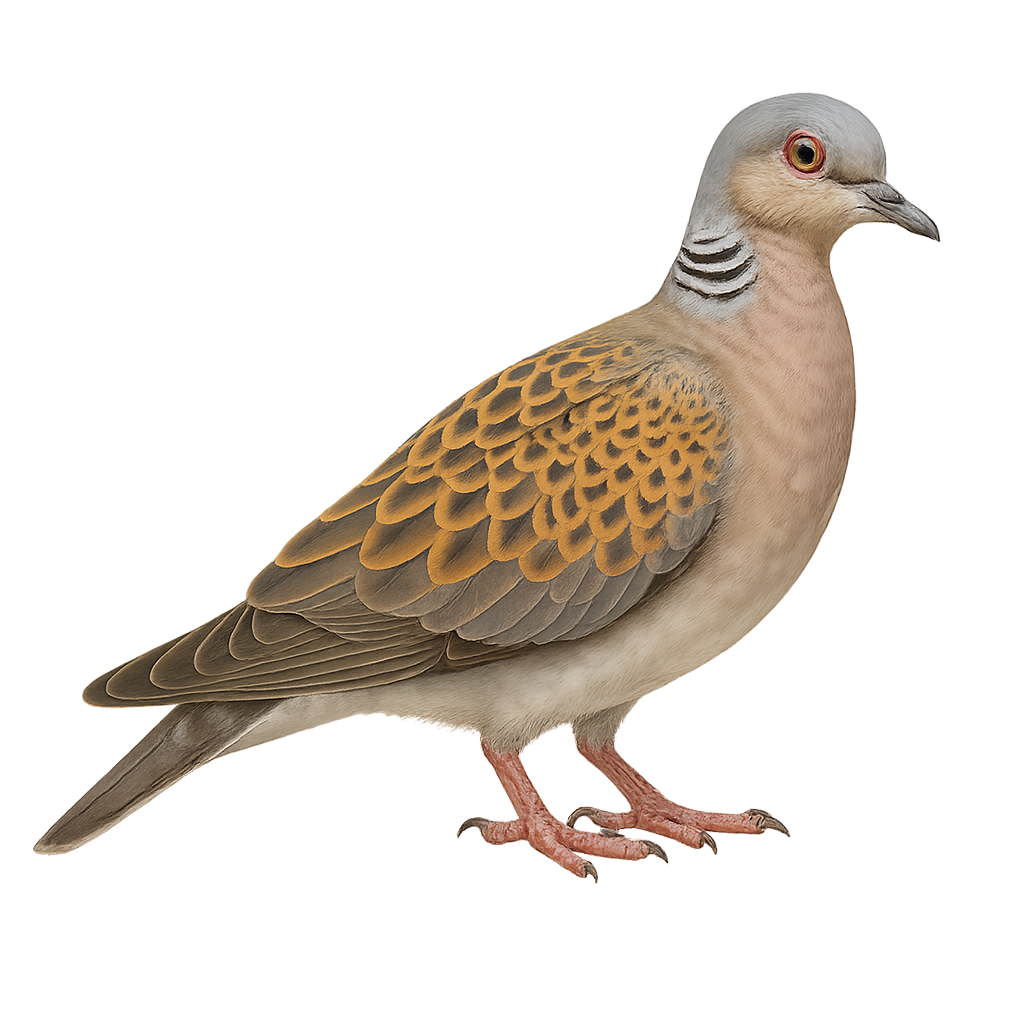Observe and photograph a species in its natural habitat
Learn where and when to observe a species in the wild, how to recognize it in the field, and what habitats it lives in. Get photography tips adapted to its behavior and capture stunning images without disturbing the animal. For full details, open the complete profile in the WildlifePhotographer app.
European Turtle Dove
Scientific name: Streptopelia turtur

IUCN Status: Least Concern
Family: COLUMBIDAE
Group: Birds
Shyness: Suspicious
Safe distance: 30 m
Breeding season / Courtship: 15.05-15.07
Gestation: 19 à 21 jours
Births: 15.05-15.08
Habitat:
Open woodlands, hedges, open agricultural areas, cereal and sunflower fields
Description:
The Turtle Dove is a small, slender dove measuring between 25 and 28 cm in length with a wingspan of 45 to 50 cm. Its plumage is characterized by a rosy chest, a back speckled with black, and a gray-blue head adorned with black and white spots on the neck. It emits a soft, rolling cooing sound, often heard in spring and summer. It frequents clear woods, hedges, and open agricultural areas, where it feeds primarily on seeds fallen to the ground. Breeding occurs from May to July, with one or two clutches of two white eggs. The young leave the nest between 19 and 21 days after hatching. A migratory species, it winters in sub-Saharan Africa. Listed as "Vulnerable" by the IUCN.
Recommended lens:
>=400 mm
Photography tips:
Use a telephoto lens to photograph the Turtle Dove, especially when feeding on the ground or perching discreetly in vegetation. Favor soft morning or evening light to capture the details of its plumage. Be patient and discreet to observe its natural behaviors.
Ready to take action?
Choose your platform and start your free trial today



